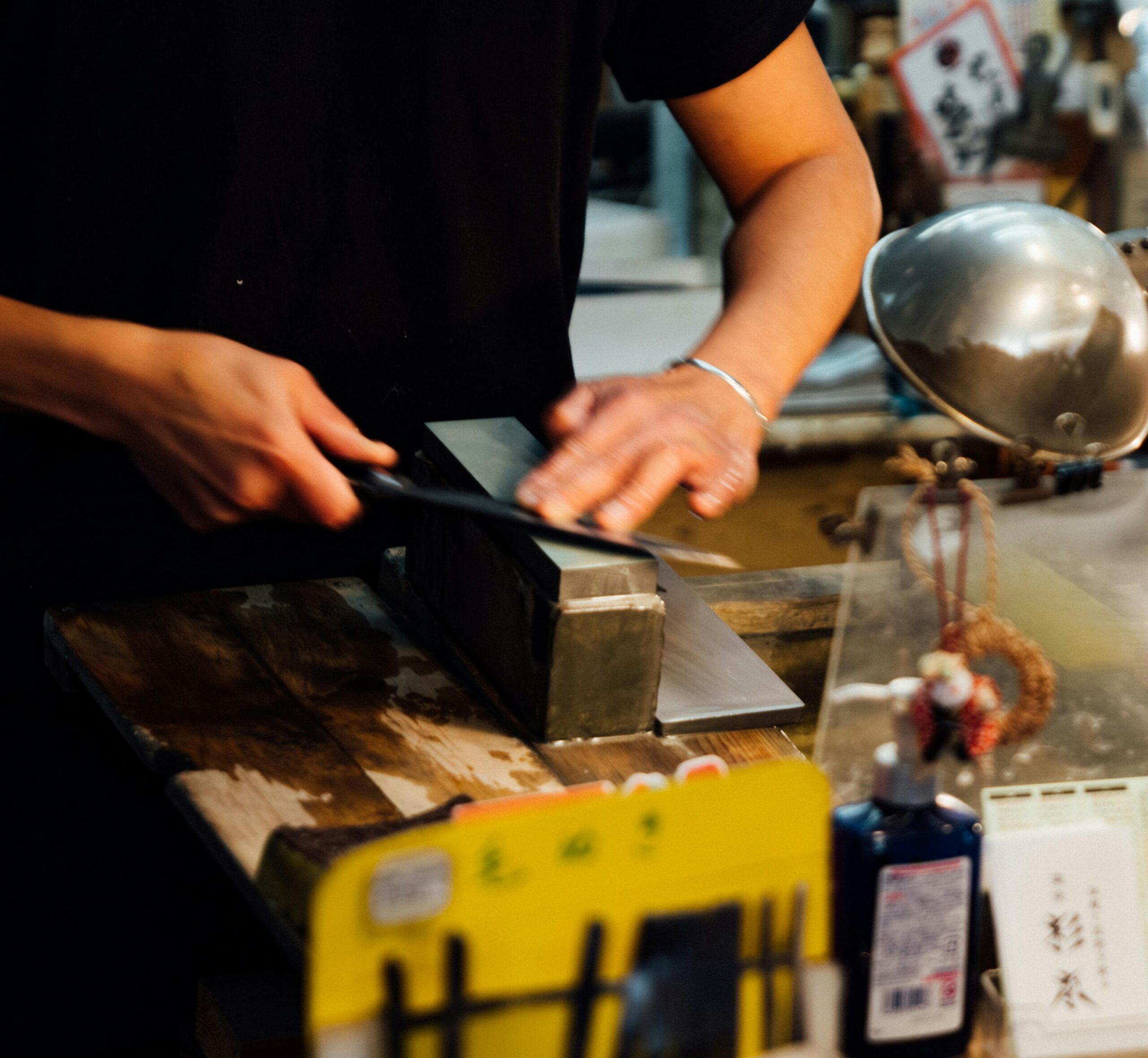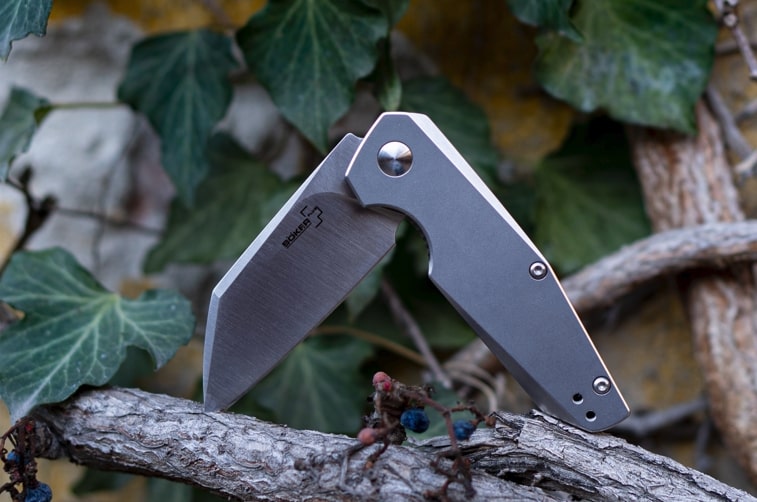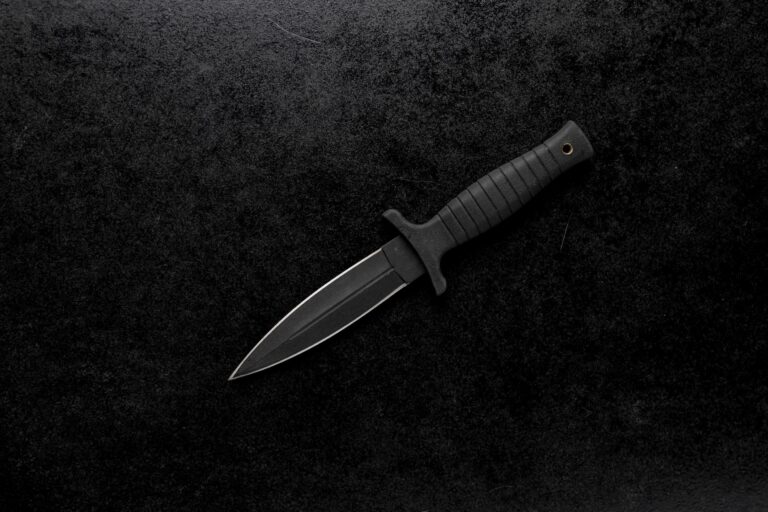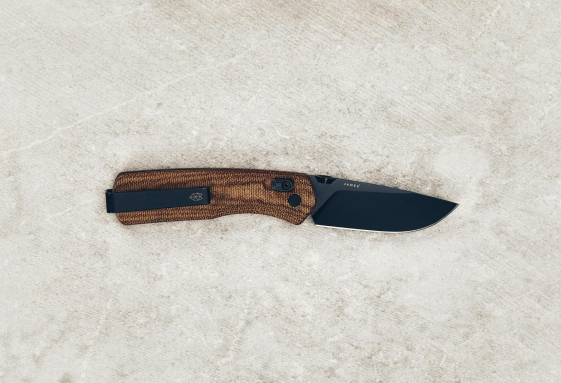Japanese knives are prized for their ultra-sharp edges and precision—whether you’re slicing sushi with a Yanagiba or dicing veggies with a Gyuto. But even the best blades lose sharpness over time. Learning how to sharpen a Japanese knife at home not only extends its lifespan but also keeps your cooking safe and efficient. This guide combines expert tips to help you master whetstone sharpening for both single-bevel and double-bevel Japanese knives.
Why Japanese Knife Sharpening Matters
A Japanese knife, when properly sharpened and maintained, brings not only precision cutting performance but also safety, longevity, and culinary elegance. Masamoto emphasizes that neglecting sharpening and maintenance can lead to loss of sharpness, rust, or even accidents.
Because Japanese knives often use harder, thinner steel, they demand more care—improper sharpening can damage the blade, overshoot the geometry, or shorten its life. The goal is to restore a clean edge while preserving the blade’s original bevel geometry and structural integrity.
Know Your Knife Type & Bevel
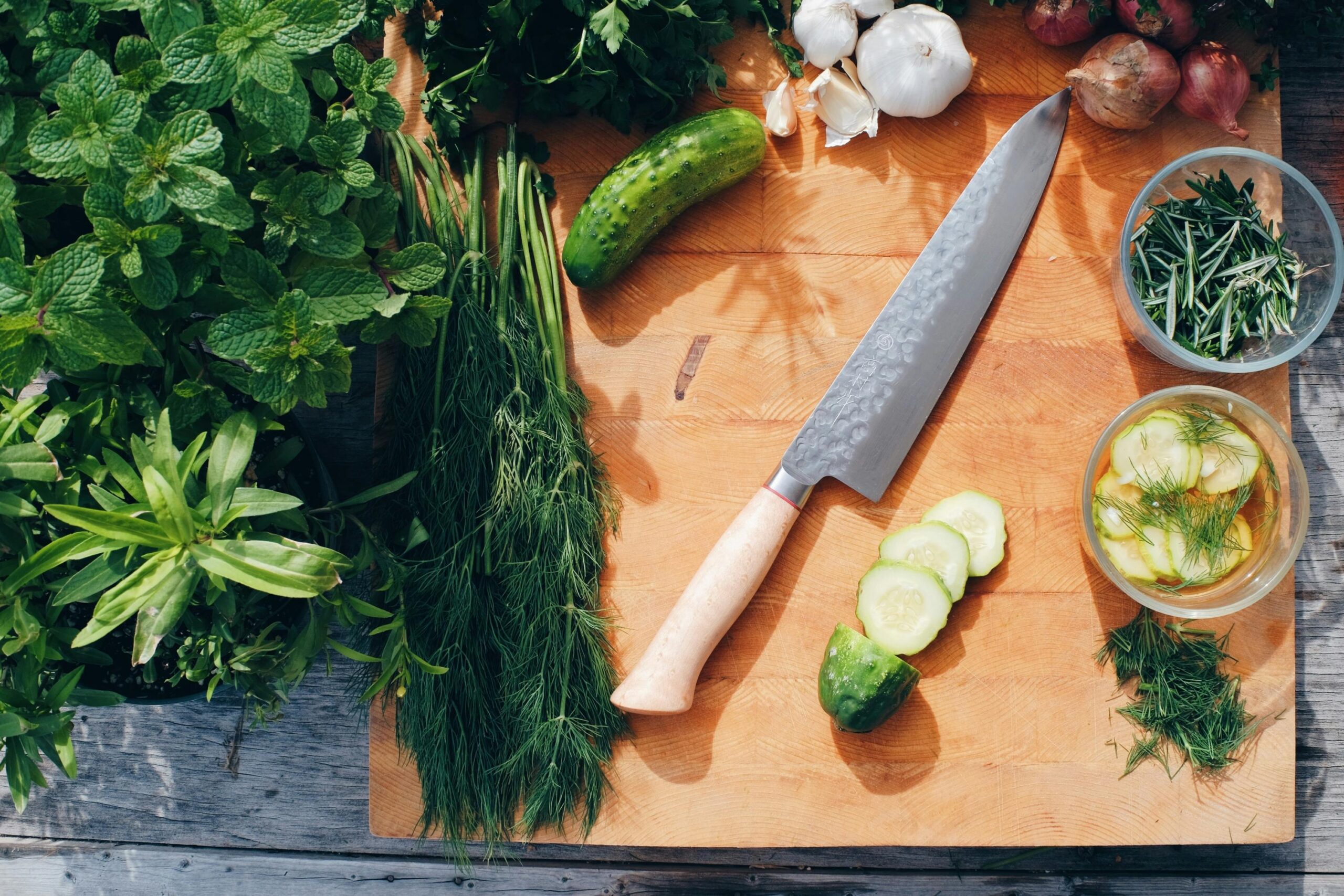
Before starting, it’s crucial to identify whether your knife is single-bevel (mostly “wa-” style, such as yanagiba, usuba, deba) or double-bevel (gyuto, santoku, petty). The sharpening approach differs:
- Single-bevel knives: You sharpen primarily (or exclusively) one side (the “face” side) and lightly deburr or refine the reverse (back) side. Masamoto describes a 7:3 ratio (i.e. sharpen face side more often than reverse).
- Double-bevel knives: You sharpen both sides evenly, maintaining the same angle on each side.
Also note the original bevel angle. Many Japanese knives are sharpened in the 10° to 15° range per side (i.e. 20°–30° inclusive) depending on the style. Some guides extend to 15°–20° for more forgiving use.
If you are unsure of the original angle, you can approximate it by eye, use an angle guide, or use the “sharpie trick” (color the bevel with a marker, then do a stroke and see where the marker is removed). Many sharpeners use that method.
Buy Wholesale Knives and Start Scaling up with Us Today
Contact us and connect with a sales rep to get a free quote.
Key Japanese Knife Parts to Know (For Effective Sharpening)
To sharpen correctly, you first need to understand the anatomy of a Japanese knife—especially since it differs slightly from Western styles. Here are the parts that matter most for maintenance:
- Kireha (Cutting Edge): The sharpened portion of the blade; this is where all sharpening work focuses.
- Shinogi (Ridge Line): The raised edge that separates the blade’s upper (Uwamachi) and lower (Shitamachi) sections; it guides how pressure is applied during sharpening.
- Hasaki (Tip): The blade’s point; it’s delicate and requires gentle handling to avoid chipping.
- Hara (Belly): The curved middle section of the blade (common in Gyuto knives); it needs even sharpening to maintain consistent cutting performance.
Buy Wholesale Knives and Start Scaling up with Us Today
Contact us and connect with a sales rep to get a free quote.
Step-by-Step Sharpening Process for Japanese Knives
Step 1: Prepare the Whetstone & Workspace
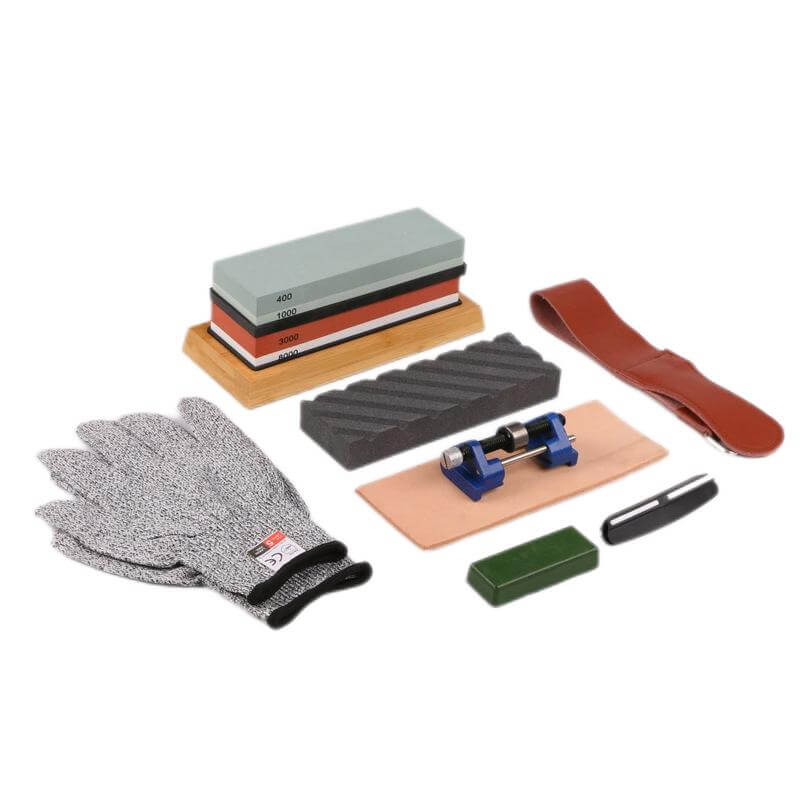
Dual Grit Whetstone Plus Kit LKWTS20012
- Soak the whetstone: Submerge rough/medium stones in water for 10–15 minutes (or until no more bubbles rise). Fine stones only need occasional water splashes during sharpening—no long soak.
- Secure the stone: Lay a wet towel on your counter, then place the whetstone on top. This stops the stone from moving as you sharpen.
Step 2: Choose the Right Sharpening Angle
Angle is make-or-break for Japanese knife sharpening—too steep, and the edge will be dull; too shallow, and it will chip easily.
- Double-bevel knives (Gyuto, Santoku): Use a 10–20° angle. For beginners, use the “penny trick”: 2 pennies under the blade = ~12° (front), 3 pennies = ~15° (back).
- Single-bevel knives (Yanagiba, Usuba): Focus on maintaining the blade’s natural “shinogi line” (the taper where the edge starts). Keep the reverse side flat against the stone, and use a gentle angle for the front.
Buy Wholesale Knives and Start Scaling up with Us Today
Contact us and connect with a sales rep to get a free quote.
Step 3: Sharpening Single-Bevel Japanese Knives
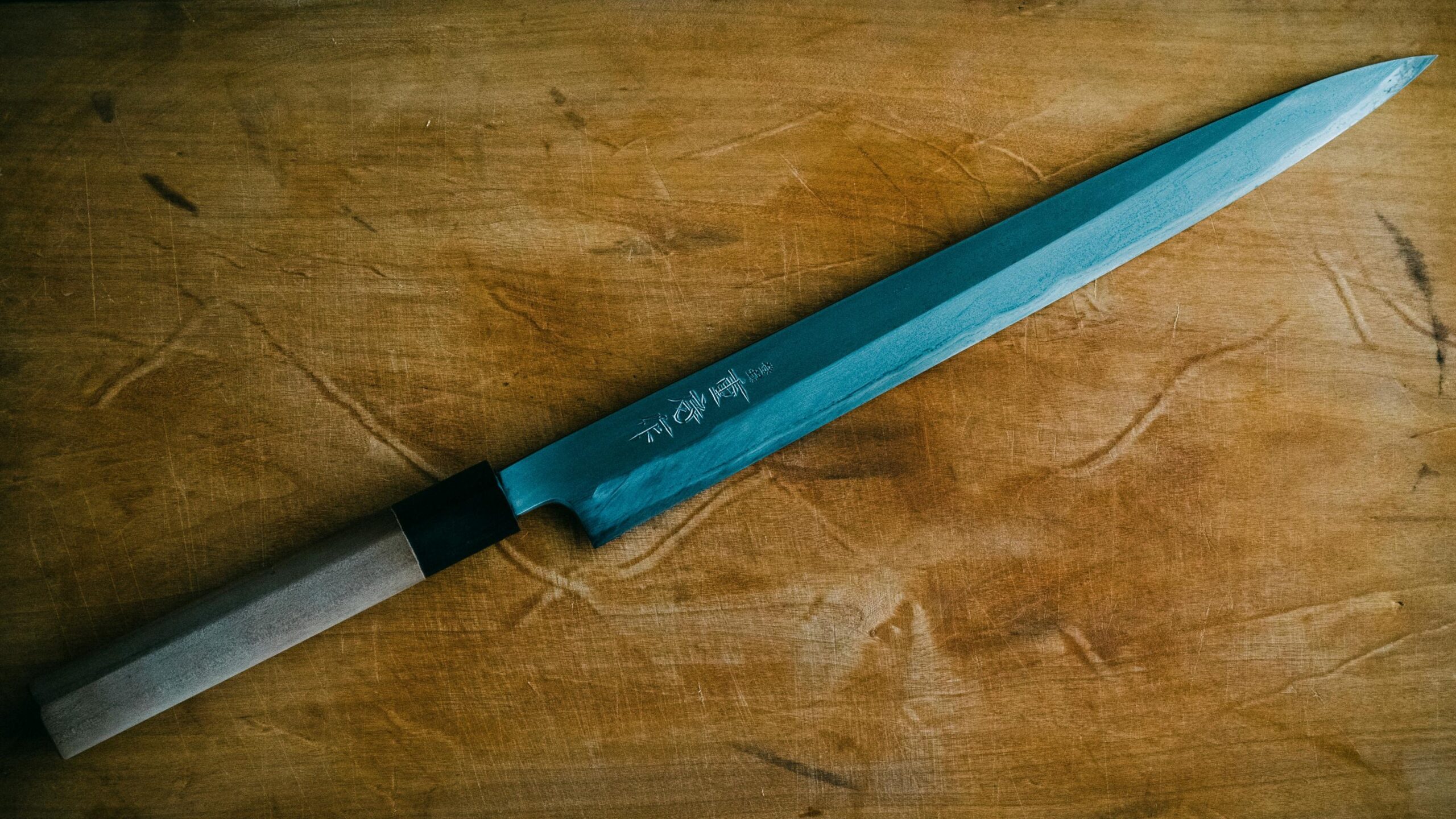
Single-bevel knives are common in traditional Japanese cooking—they need a 7:3 stroke ratio (front:reverse) to avoid brittleness.
- Start with the reverse side: Lay the blade’s reverse flat on the medium whetstone. Slide it gently 3 times (you’ll see sharpening sludge form—don’t wash it away yet!).
- Sharpen the front side: Flip the blade, hold it at the correct angle, and slide from the tip to the heel 7 times. Use one hand to grip the handle (gripping hand) and the other to press near the edge (guiding hand)—this ensures even pressure.
- Check for burrs: After 2–3 rounds of 7:3 strokes, run your finger lightly along the edge. A tiny “burr” (rough, raised metal) means the edge is forming.
- Remove burrs: Sharpen the reverse side 2–3 more times to smooth the burr.
- Finish with fine stone: Switch to the fine whetstone. Repeat steps 1–4, then do a final “Kobadome” (lift the blade tip slightly and sharpen 2–3 times) to strengthen the edge.
Step 4: Sharpening Double-Bevel Japanese Knives
Double-bevel knives are more common in Western-style cooking—adjust your strokes based on the blade’s bevel ratio:
- Symmetrical (50:50): Equal strokes on front and back (e.g., 5 strokes each).
- Asymmetrical (70:30 or 90:10): Most Japanese double-bevel knives use 70:30 (7 strokes front, 3 back). Slicers like Honesuki use 90:10 (9 front, 1 back).
- Front side first: Hold the blade at 10–20°, press lightly, and slide from tip to heel. Release pressure on the return stroke.
- Flip to the back: Repeat with the same number of strokes (matching your ratio).
- Check for burrs: Like single-bevel knives, a burr means you’re ready to move to the fine stone.
- Polish with fine stone: Use light strokes to refine the edge—this gives it a shiny, razor-sharp finish.
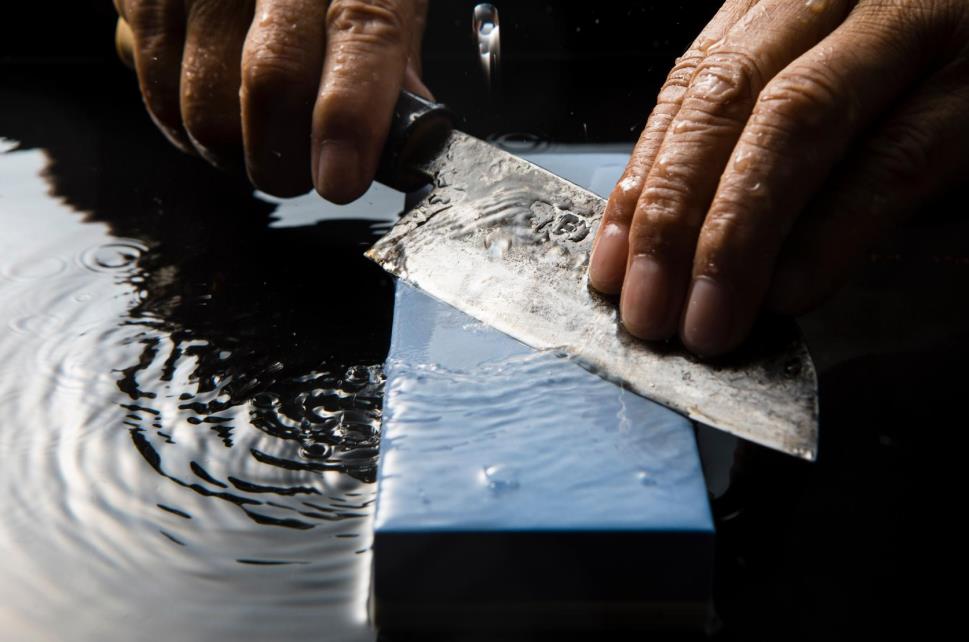
Step 5: Clean & Store the Knife
- Wash the knife: Rinse it in warm water to remove sharpening sludge. Dry it thoroughly with a clean cloth (moisture causes rust!).
- Oil the blade: Apply a thin layer of food-safe oil (e.g., mineral oil) to protect the metal.
- Store safely: Wrap the knife in a cloth or place it in a knife block—avoid storing it loose in a drawer (this scratches the edge).
Buy Wholesale Knives and Start Scaling up with Us Today
Contact us and connect with a sales rep to get a free quote.
Post-Sharpening Care: Protect Your Knives (and Your Profit)
Sharpening is only half the battle—proper care keeps blades sharp longer, reducing maintenance frequency:
- Clean Immediately: Rinse the knife with warm water (avoid soap, which can damage the blade) to remove whetstone slurry.
- Dry Thoroughly: Use a lint-free cloth to dry every part of the blade—moisture causes rust, which ruins knives and leads to returns.
- Store Smartly: Advise customers to use knife blocks or magnetic strips (avoid drawer jostling). For bulk storage, wrap blades in oiled cloth to prevent corrosion.
- Maintain Whetstones: Flatten stones regularly with a flattening tool—uneven stones lead to uneven sharpening.
Frequently Asked Questions
Q1: How often should I sharpen my Japanese knife?
It depends on usage. For daily use, many users hone frequently and perform full sharpening every few months or when honing no longer restores performance. Avoid waiting until the edge is severely dull.
Q2: Will improper sharpening damage high-quality Japanese knives?
Yes. Over-sharpening (grinding too much metal) thins the blade, making it prone to chipping. Using the wrong grit (e.g., coarse grit for regular maintenance) also scratches the blade’s surface, reducing its aesthetic appeal. This is why partnering with a manufacturer like Leeknives—who provides quality, durable blades—is critical: our knives are made with high-carbon steel that holds an edge longer, even with occasional amateur sharpening.
Q3: Are Japanese knives easier to sharpen?
Traditional Japanese knives are sharpened or grounded only on one side of the blade to create a razor sharp edge and a slightly concave edge on the reverse side. This design creates an overall sharper cutting edge, makes resharpening easier and allows for more delicate culinary work.
Buy Wholesale Knives and Start Scaling up with Us Today
Contact us and connect with a sales rep to get a free quote.
Ready to Source High-Quality Japanese Knives for Your Business?
Sharpening a Japanese knife is an art and a science. Done well, it preserves the knife’s fine edge, extends its life, and lets end-users experience the full performance those blades promise. For your customers — chefs, home users, or professionals — offering pre-sharpened, high-quality edges is a major value add.
If you are a wholesaler, retailer, or brand owner in Europe or the U.S., and you are looking to source Japanese-style kitchen knives (especially made in China under OEM or private-label arrangements), we at Leeknives can help. We manufacture high-precision knives with Japanese-style geometry and are experienced in wholesale, OEM, and private label services.
👉 Feel free to request a free quote from us — we’ll help you assess cost, design, volume, and logistics:
Let us partner with you to deliver high-quality, razor-sharp knives to your customers.start building a profitable partnership: Visit Leeknives Quote Request Page and tell us your needs (e.g., order quantity, custom designs, target market). Our team will respond within 24 hours with a tailored solution.
